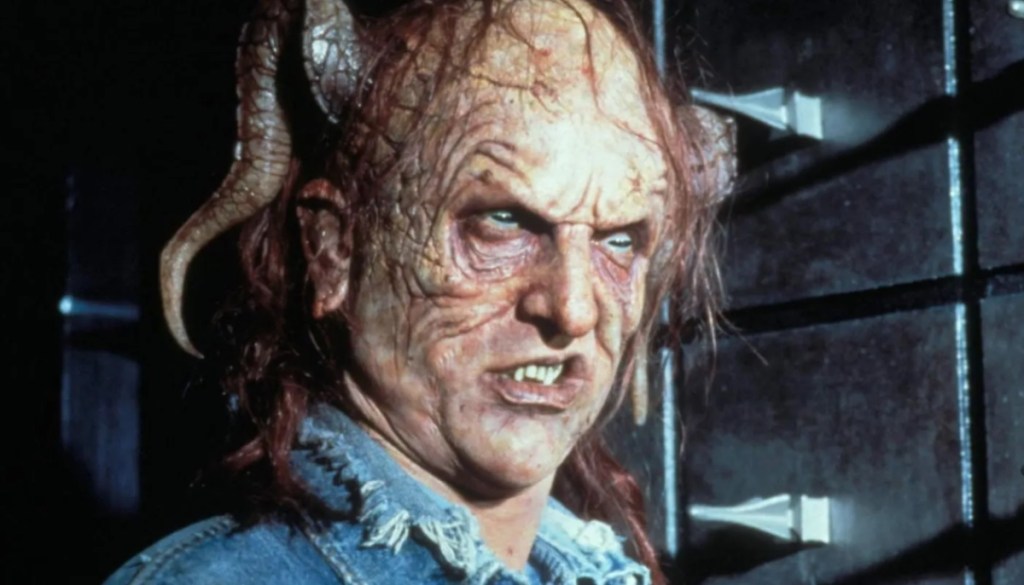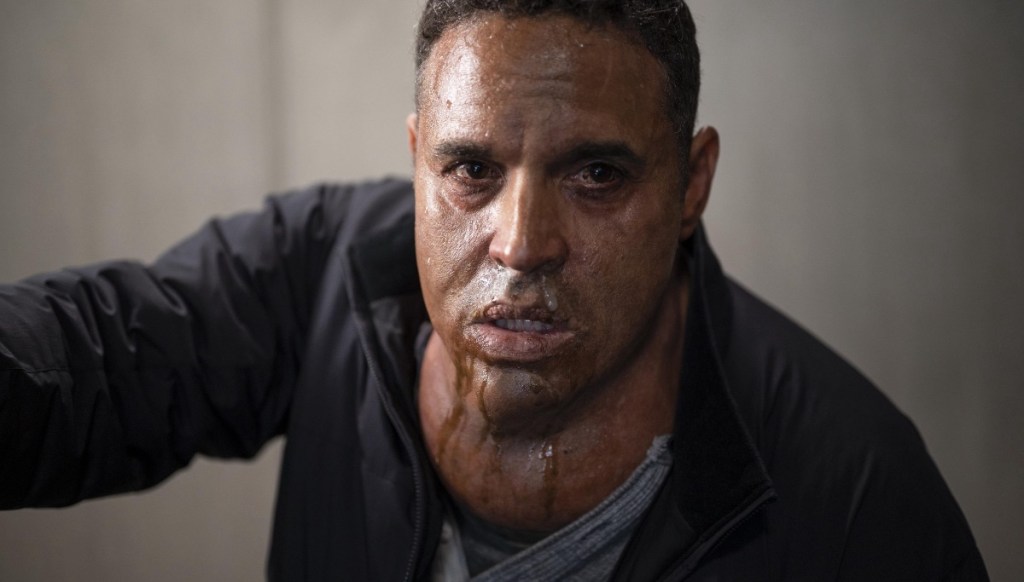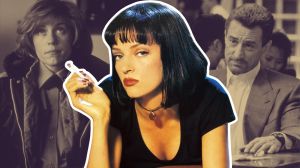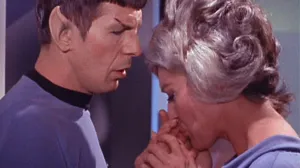The Stand is Stephen King’s epic about the end of society and the world that emerges from its ashes after a deadly super plague wipes out 99% of humanity. If not for The Dark Tower series and its release in 1982, The Stand would be known as King’s The Lord of the Rings. It introduces his arch-villain, Randall Flagg, in a struggle between his brand of demonic evil and the benevolent Mother Abigail. She leads the “good” citizens of the Boulder Free Zone, opposed by Flagg’s Las Vegas stronghold. The best seller spawned a pair of television adaptations, first in 1994 and later in 2020 on CBS All-Access. Mick Garris helmed the four-part miniseries for ABC, and won a pair of Emmys out of six nominations.
Videos by ComicBook.com
It was the only adaptation of the apocalyptic fantasy until a new limited series was released on CBS All-Access, now known as Paramount+. The 2020 adaptation should have been a chance for a fresh take by utilizing a modern look and larger budget. Each version had a stacked cast and worked from the same King source material. He even penned a new finale to close the 2020 streaming series, highlighting the aftermath of the events in Las Vegas.
So why did it fall far from the mark? And why does the 1994 miniseries continue to hold up despite its age? Fans have expressed their feelings about the 2020 adaptation, with some even pointing to the looming COVID-19 pandemic as putting a nail in its coffin before its premiere. But for us, the problem with the new adaptation has little to do with real-world events.
The Remake Brings Little New to the Table

The 2020 adaptation of The Stand was given nine episodes, a greater budget, and a large stable of famous faces. It seemed poised for greatness but fell short while only covering the ground previously established by the 1994 miniseries. Both adaptations were far from perfect, leaving characters and plot points aside, but the 2020 version gives its failures more screen time to appear.
Across the nine separate episodes, certain characters who are leads in the novel lose their importance to others who only play a small part in the overarching story. Some, like Trashcan Man, lose the bulk of what made them an interesting character in the 2020 edition. The star power is greater in the new adaptation, but it never earns it.
[RELATED – 5 Stephen King Movies That Deserve Reboots]
The Stand 2020 also takes the story and chops it into pieces, using flashbacks to give background. It kills any narrative punch the novel’s journey maintained, replacing it with daily life in the Boulder Free Zone and the separate journeys to that point. Missing is the spread of Captain Trips and society’s collapse, leaving only a toothless story.
On top of those complaints, we can’t ignore how some characters end up treated as the most important in the story, while others are left half-baked or on the sidelines.
Harold Lauder

Owen Teague had proven himself to be a valuable talent, including work on several Stephen King adaptations before The Stand. Not only does he have a noteworthy role as the bully Patrick Hockstetter in IT and IT CHAPTER TWO, but he also appears in Cell opposite Samuel L. Jackson and John Cusack. This continues in The Stand, where he portrays the hapless Harold Lauder. He’s a clear improvement over Parker Lewis Can’t Lose star Corin Nemec’s Harold in the 1994 miniseries, but the performance has its drawbacks.
Despite the strength of the character and his role as a secondary antagonist, the 2020 series gives him focus like he’s the main character of the entire story. He is given multiple episodes to flesh out his backstory, plot his bombing of the town, and his eventual death on the road to Vegas. The actual main characters, like Stuart Redman (James Marsden), or the actual antagonist, Randall Flagg (Alexander Skarsgård), are either just present or set on their respective courses through the end of the story.
The 2020 series follows Harold’s home life, explores his feelings for Frannie Goldsmith, and details Harold’s issues after arriving at the Boulder Free Zone. His relationship with the evil Nadine Cross, who pushes the bomb plot for Flagg across seven episodes. Harold gets more focus than major characters like Nick Andros (Henrique Zaga) and Glen Bateman (Greg Kinnear), both major factors in the book and the 1994 miniseries.
His death in the 2020 edition even manages to be worse than the original miniseries, which at least had fantastic stunt work.
Where Is Captain Trips?

The virus at the center of The Stand and the 300 pages covering its spread and annihilation of the human race just got glossed over in the 2020 adaptation. However, the physical depiction of the disease is more striking in the recent update, reflecting depictions in the book and Bernie Wrightson’s classic art. But apart from that, it seems to take a backseat to the spiritual battle at the end of the story and Harold’s story.
The collapse of society, the world the main characters leave behind, and the vignettes showcased amid the main story are some of the best parts of The Stand. The section of the novel and its comic book adaptation are actually frightening, delivering both the supernatural scares King is known for and the feeling that this could happen in reality.
The new series also makes Flagg more directly responsible for the superflu’s spread, where the novel and miniseries portray him merely taking advantage of the situation. The latter is more effective because it doesn’t excuse the blame people have brought on themselves, not hanging all it on Flagg. Having him literally put his foot in the door of the viral facility is just unnecessary.
The Miniseries Stands Supreme…For Now

My disappointment with The Stand streaming series from 2020 isn’t hard to describe. I’m not typically too upset that a property goes in a certain creative direction, but The Stand has always been one of those projects that helped mold my interests to this day. Seeing it stumble and struggle on the screen despite the heights I know it can soar from the page is disheartening.
That doesn’t mean the new streaming series doesn’t contain a lot to love. Skarsgård is a fantastic Flagg, managing to maintain what Jamey Sheridan brought to the table in 1994 while also being as menacing as Flagg from King’s book. His powers are greater and King delivers a great new ending that blends the original with a final look at Stu and Frannie’s life after leaving Boulder.
It also has a bigger budget, strong performances from Marsden, Teague, and others, and a version of Tom Cullen that doesn’t come off like a parody. There is a world to explore within the 2020 edition of The Stand, but it never really gets a chance to settle. The miniseries achieves that, while restrained by television’s limitations at the time. It still remains the version we want to watch.
Where does The Stand rank among other Stephen King classics? Would you tune in to a new movie or TV series based on the story? Let us know in the comments.








